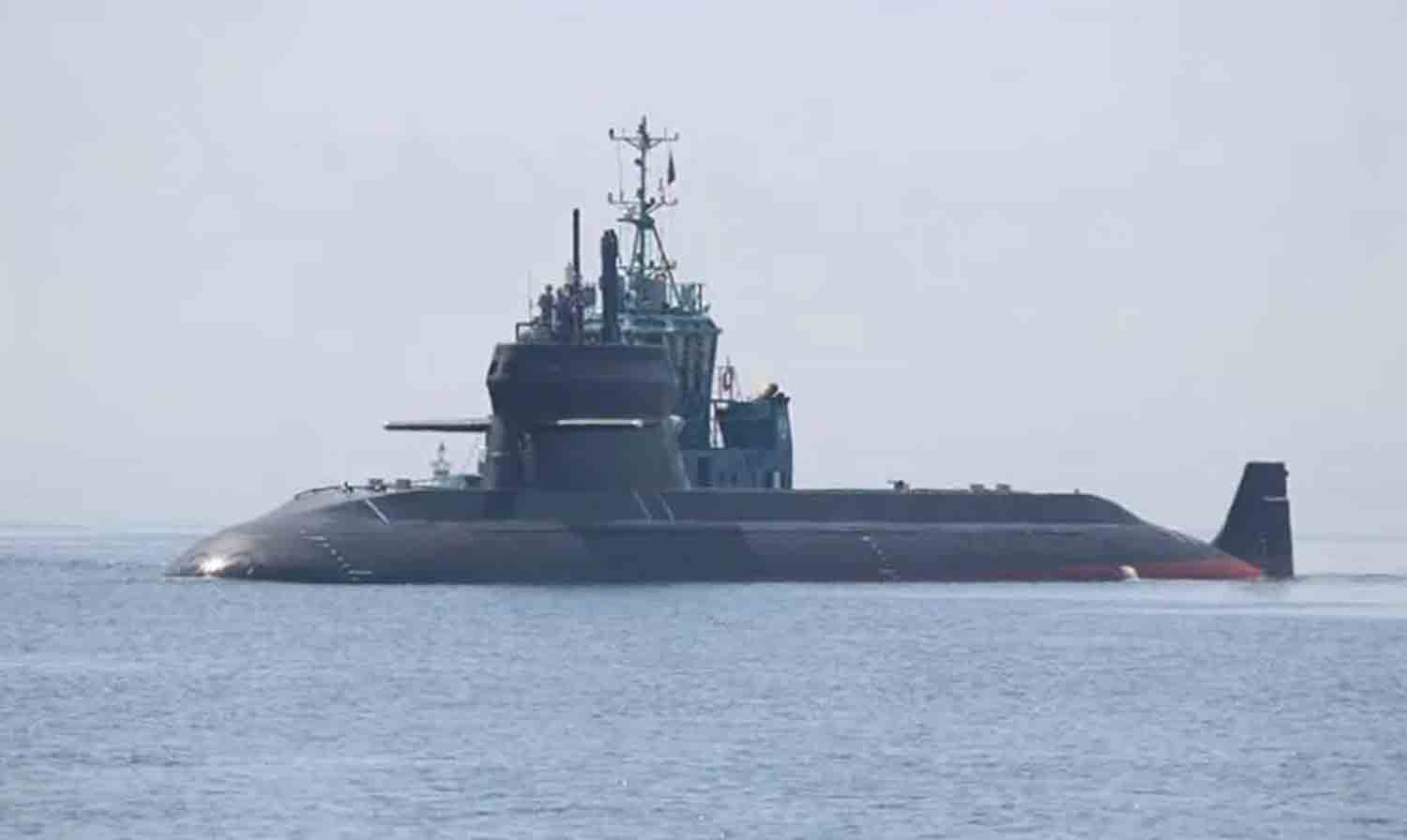The Pakistan Navy has made a notable advancement in its naval modernization efforts with the unveiling of its second Hangor-class submarine, PNS/M Shushuk, during a ceremony held in Wuhan, China. This achievement highlights Pakistan’s dedication to enhancing its undersea warfare capabilities in response to the changing geopolitical landscape of the Indian Ocean region.
The Hangor-class submarine initiative is part of an ambitious agreement for eight vessels signed in 2015 between Pakistan’s Ministry of Defence and China Shipbuilding and Offshore International Company (CSOC) during Chinese President Xi Jinping’s significant visit to Islamabad. This deal is considered one of the most crucial defense acquisitions in Pakistan’s history, reflecting the strengthening strategic partnership between Islamabad and Beijing in maritime affairs.
Construction of the first Hangor-class submarine officially began in Pakistan in December 2024, and the introduction of PNS/M Shushuk further propels the Pakistan Navy’s objective of establishing a formidable submarine fleet. According to the agreement, four submarines are being built in China, while the other four will be assembled at Karachi Shipyard and Engineering Works (KSEW) as part of a technology transfer program, enhancing Pakistan’s domestic shipbuilding capabilities.
During the launch ceremony, Vice Chief of Naval Staff Ovais Ahmed Bilgrami emphasized the growing significance of maritime security in light of the region’s evolving geopolitical dynamics.
During the ceremony, the Vice Chief of the Naval Staff underscored the critical role of maritime security within the current geo-strategic landscape of the region, as well as the Pakistan Navy’s dedication to protecting national interests and fostering a secure maritime environment for all, according to a statement from the Pakistan Navy’s Directorate General of Public Relations.
He pointed out that the Hangor-class submarines, which are outfitted with advanced weapons and sensors, will be essential in preserving the balance of power and maritime stability in the area. These submarines are designed for stealth operations, featuring a very low acoustic signature that significantly minimizes the chances of detection by enemy anti-submarine warfare (ASW) systems.
Incorporating Air Independent Propulsion (AIP) technology, the Hangor-class submarines offer extended submerged endurance, enabling them to operate undetected for extended periods—an essential advantage in asymmetric naval conflicts. Defence officials indicate that these submarines will bolster Pakistan’s sea denial strategy by complicating the operational considerations of adversarial forces in the Arabian Sea and beyond.
Additionally, they are anticipated to have the capability to execute precision strikes at standoff distances, potentially transforming the underwater combat dynamics in the region.
Defence analysts propose that the Hangor-class submarines could be equipped with Pakistan’s Babur-3 Submarine-Launched Cruise Missile (SLCM), a strategic asset that significantly enhances Pakistan’s second-strike capability. Developed by the National Defence Complex (NDC) of Pakistan, the Babur-3 missile is reported to have a range of 450 km and can be armed with both conventional and nuclear warheads.
If verified, this capability would grant Pakistan a significant sea-based deterrent, potentially establishing a credible nuclear triad in conjunction with its current land-based and air-launched missile systems.
The introduction of the Hangor-class submarines is part of Pakistan’s wider initiative to enhance its naval capabilities. In 2018, Islamabad entered into a defense agreement with Türkiye to acquire four MILGEM-class corvettes, thereby augmenting its surface fleet. Furthermore, a Turkish company has been engaged to upgrade Pakistan’s Agosta 90B-class submarines, which are presently undergoing a Mid-Life Upgrade (MLU) to incorporate advanced combat systems.
Currently, Pakistan operates three Agosta 90B-class submarines, each equipped with Air-Independent Propulsion (AIP) technology. The upgrade, carried out by the Turkish defense firm STM, includes improvements to the Fire Control System, Sonar Suite, Electronic Warfare System, Radar, and Periscope Systems. The first upgraded Agosta-class submarine, PNS Hamza, was delivered in 2020 as part of this initiative.
The Hangor-class project is a crucial element of the Pakistan-China defense collaboration, which is expanding beyond just naval cooperation. These submarines are an export version of China’s Type 039A/041 Yuan-class submarines, currently in service with the People’s Liberation Army Navy (PLAN). According to the contractual timeline, all eight submarines are anticipated to be delivered to the Pakistan Navy between 2022 and 2028, significantly enhancing Islamabad’s underwater combat capabilities. With a length of 76 meters and a displacement of 2,800 tons, the Hangor-class submarines are a formidable addition to Pakistan’s maritime defense strategy.
As New Delhi enhances its naval capabilities, including the acquisition of Scorpène-class submarines and the domestic development of nuclear-powered ballistic missile submarines (SSBNs), Pakistan’s submarine procurement initiative is strategically timed to offset its eastern neighbor’s expanding blue-water ambitions. The launch of PNS/M Shushuk signifies a significant step in Pakistan’s ongoing efforts to establish a credible undersea deterrent.
Amid ongoing tensions in the Indian Ocean and South Asian waters, the Pakistan Navy’s submarine fleet is poised to play an increasingly critical role in shaping regional power dynamics. By integrating next-generation undersea assets, Islamabad is not only bolstering its maritime defenses but also conveying a strong message—its navy stands ready to safeguard the nation’s interests with exceptional strategic depth and operational capability.
Discover more from Defence Talks | Defense News Hub, Military Updates, Security Insights
Subscribe to get the latest posts sent to your email.





